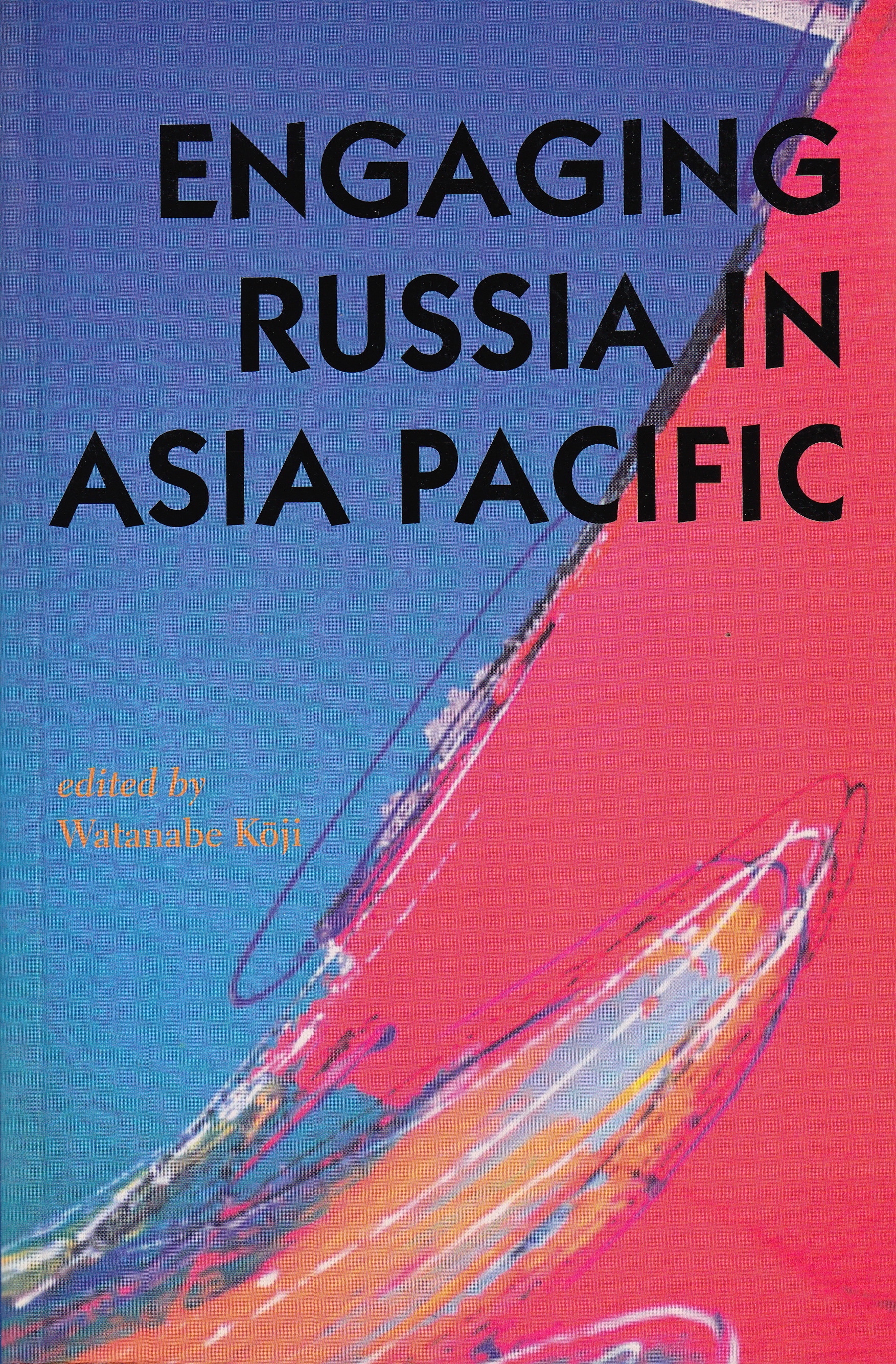This collection of essays, produced by a study conducted under the Asia Pacific Agenda Project (APAP) delves into the myriad of issues surrounding the tilt in Russian foreign policy to Asia Pacific. And it does so, uniquely, from the perspective of Asians. Nine scholars from six Asian countries—China, Japan, Korea, Malaysia, Singapore, and the Philippines—address the engagement of Russia in Asia Pacific from their respective national perspectives, reflecting their country’s particular interests, national sensitivities, and the perceived mutual benefits of integrating Russia into the region.
A notable feature—conspicuous by its absence—of the contributions to this study is the lack of images of Russia threatening regional peace and stability. The exclusion of such perceptions of Russia is extraordinary and it alone signifies Russia’s post-cold war transformation. This is not to diminish, however, the reality of Russia’s profound nuclear and strong conventional military capabilities, factors that will ensure Russia’s strategic significance for decades.
Yet perceptions of Russia’s current and future roles do differ between Southeast and Northeast Asia. Whereas Southeast Asian countries tend to see post-cold war Russia as a somewhat distant but big power with which they want to have dialogue and relations of “equidistance,” the outlook is different in Northeast Asia where tangible strategic interests and challenges involve Russia and the countries of the region. The most trying of these challenges are the Northern Territories dispute with Japan and the situation on the Korean peninsula. Northeast Asia also encompasses Russia’s most notable foreign policy success in Asia Pacific—its establishment of a “strategic partnership” with China.
The study does suggest how Asian countries could exhibit their commitment to engaging Russia in Asia Pacific. Contributors to the volume agree that helping develop the Russian Far East’s economy could be the linchpin to integrating Russia successfully in Asia Pacific. The energy resources of the Russian Far East and Siberia are potentially of such a magnitude that they could alleviate Asia Pacific’s dependence on Middle Eastern oil. Yet Russia’s current uncertain and unstable domestic situation diminishes the attractiveness of these possible energy resources to Asia Pacific countries. The volume concludes that Russia’s engagement with Asia Pacific will only really proceed toward its potential once Russia’s circumstances have stabilized and questions about its chosen path are clarified.
Contents
- Introduction
- Koji Watanabe, former Japanese Ambassador to Russia and Senior Fellow at JCIE
- 1. Engaging Russia for Peace in Northeast Asia
- Ha Yong-Chool, Professor, Department of International Relations, Seoul National University, South Korea
- 2. Russia’s Regional Security Role
- Yang Mingjie, Deputy Director/Associate Research Professor, World Politics Division, China Institute of Contemporary International Relations, China
- 3. Sino-Russian Relations in Asia Pacific
- Li Jingjie, Professor and Director, Institute of East European, Russian and Central Asian Studies, Chinese Academy of Social Sciences, China
- 4. Engaging Russia—A Japanese Perspective
- Koji Watanabe
- 5. Russia’s Economy and Development of the Far East
- Tetsuo Sugano, Director, Michinoku Bank, Ltd., Japan and President, Michinoku Bank (Moscow), Ltd.
- 6. The Challenge of Positive Engagement
- Bilveer Singh, Associate Professor, National University of Singapore, Singapore
- 7. The Russian Presence in Regional Security
- K. S. Nathan, Professor of International Relations, University of Malaya, Malaysia
- 8. ASEAN’s Role in Integrating Russia into the Asia Pacific
- Amado M. Mendoza, Jr., Assistant Professor, Department of Political Science, University of the Philippines and Fellow, Institute of Strategic and Development Studies, the Philippines
- 9. Welcome to Asia Pacific for a New Russia
- Yutaka Akino, Associate Professor of International Relations, University of Tsukuba, Japan
- Appendices

